Welcome to flaneuring, a newsletter featuring new resources on urban & beyond, insights, and photography.
an insight
Stroll down Washington Street in Providence and you will spot a garage with a row of shops at street level. It wasn't always like this — until 2012, it was just parking. That year, Cornish Associates reworked the ground floor to add retail, helping tie the block together and bring more life to the street.
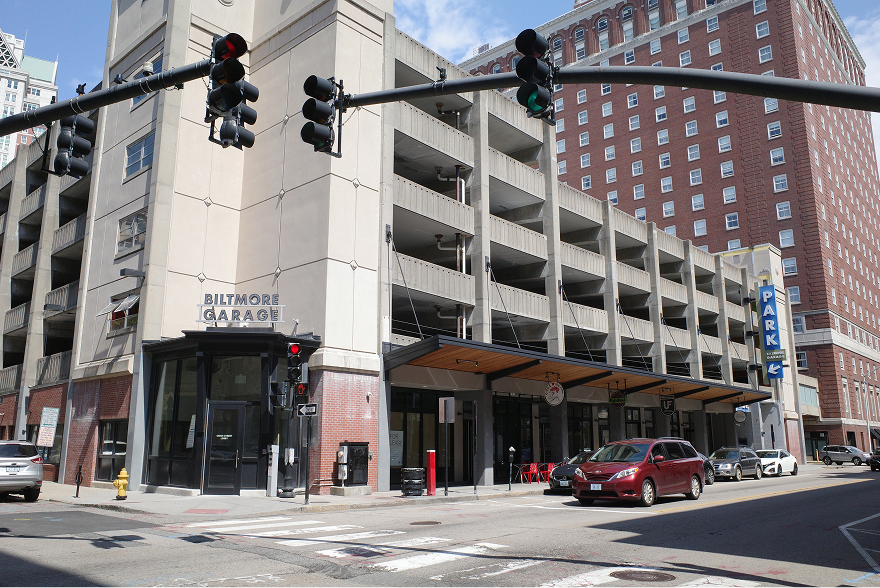
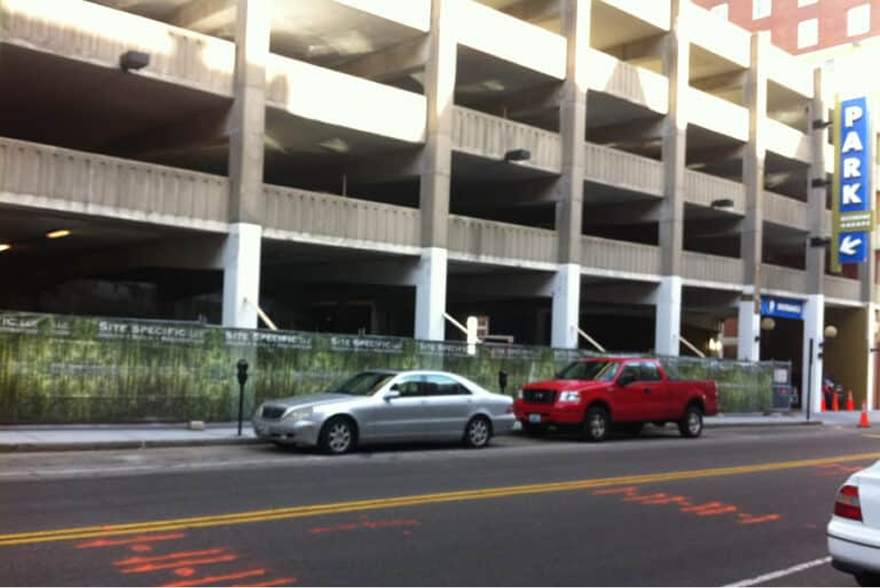
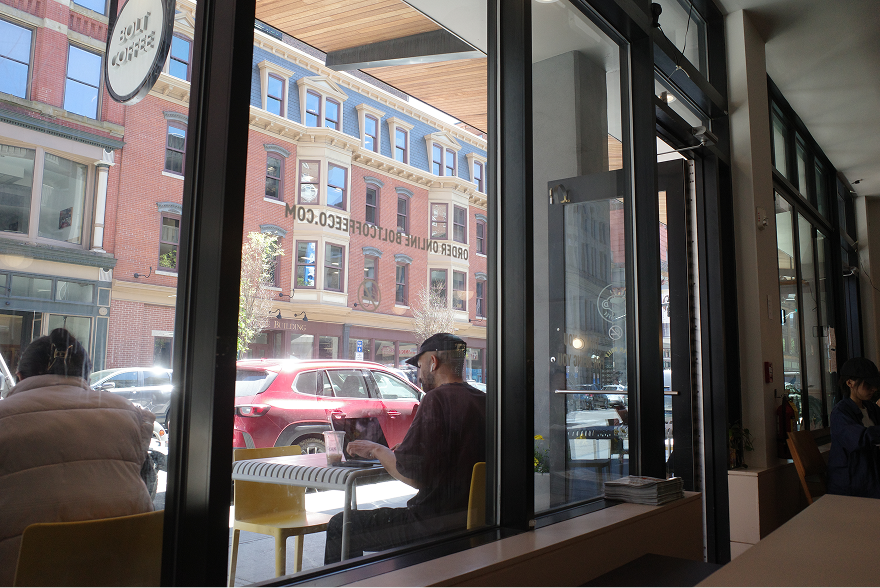
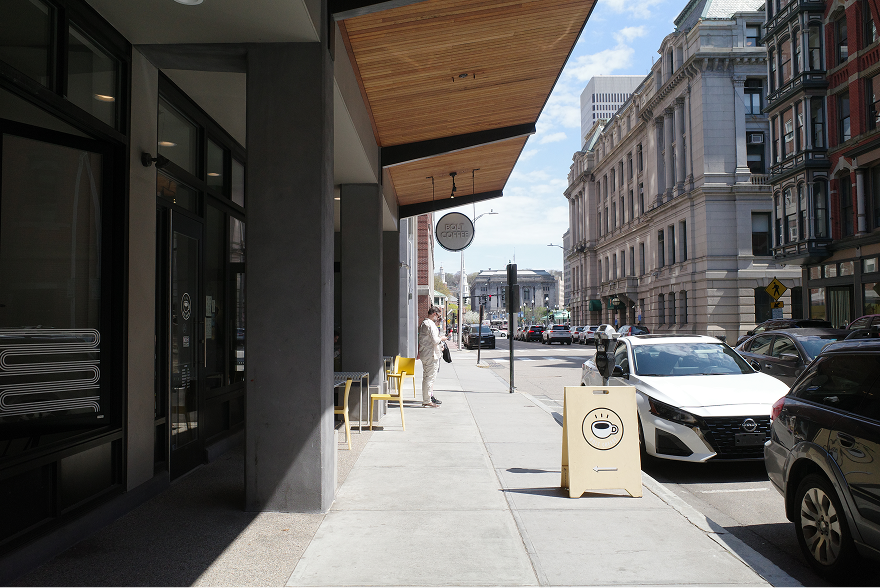
new resource
Mind in Architecture is a collection of essays exploring how design elements like light, sound, and materials shape our thoughts and well-being.
Because each essay is written by a different architect, neuroscientist, or philosopher, some ideas naturally repeat across chapters. But that overlap ends up feeling useful: you hear the same concepts from different angles, each adding a new layer of meaning.
Here are a few excerpts from Chapter 7, Nested Bodies, written by architect and educator Sarah Robinson:
“Researchers who study the buildings of ancient cultures suggest that their design may have been generated from predominantly acoustical rather than visual considerations. The caves at Lascaux may have been adapted to mimic the sound of beating hooves, Mayan pyramids may have been designed to sound like rain — these ancient places relied on human social interaction and participation to activate the multisensory space. Just as the tree comes alive in a thunderstorm, so too can the actions of people become design features that enliven architectural space.”
“Touch receptors in the skin combine in the brain with vestibular, visual, and other touch information to help us retain our equilibrium. Studies show that Europeans who walk on cobblestone lose their balance more slowly than Americans who walk on flat sidewalks.”
“Understanding the dynamic nature of visual perception would help us design with the poetry of light and shadow. The most effective stimulus for retinal cells, for example, is not evenly distributed light but linear contours with elongated edges between the light and dark areas. Shadows deepen mystery and ambiguity. Semir Zeki has convincingly shown that ambiguity in art activates the imagination.”
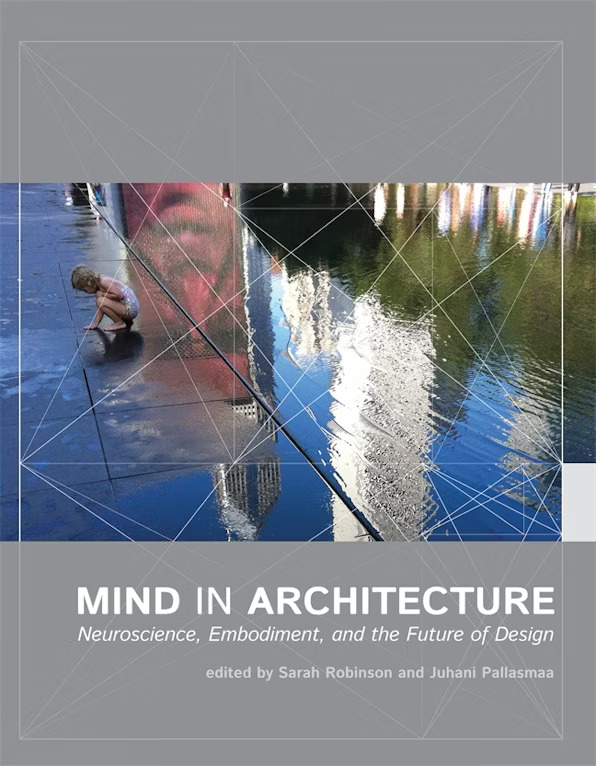
a snapshot

